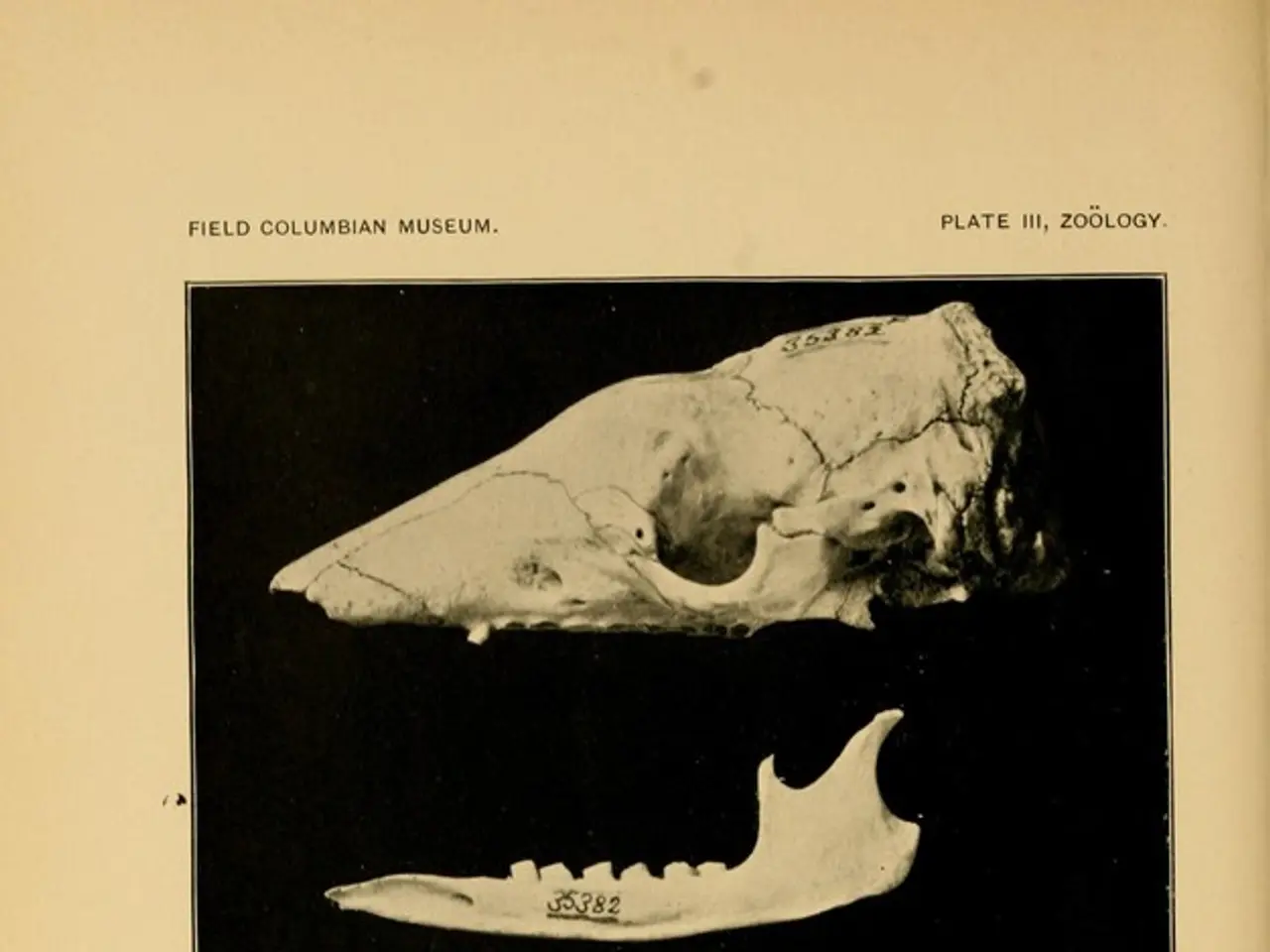Superior Gluteal Nerve: Key to Hip and Thigh Movement
The superior gluteal nerve, a key component of the sacral plexus, plays a crucial role in the function and movement of the hip and thigh regions. It exits the pelvis through the greater sciatic foramen, located above the gluteus maximus muscle.
Originating from the fourth and fifth lumbar nerves and the first sacral nerve, the superior gluteal nerve supplies motor function to several important muscles. These include the gluteus medius and minimus, which are responsible for hip abduction and rotation, and the tensor fasciae latae, which stabilises the hip joint and assists in hip flexion.
The nerve passes over the piriformis muscle to reach the greater sciatic foramen, accompanied by blood vessels. This pathway allows it to innervate the target muscles effectively.
The superior gluteal nerve's role in the sacral plexus is vital for the proper functioning of the gluteal and tensor fasciae latae muscles. Its unique pathway and origin ensure the efficient transmission of motor signals, facilitating a wide range of hip and thigh movements.






